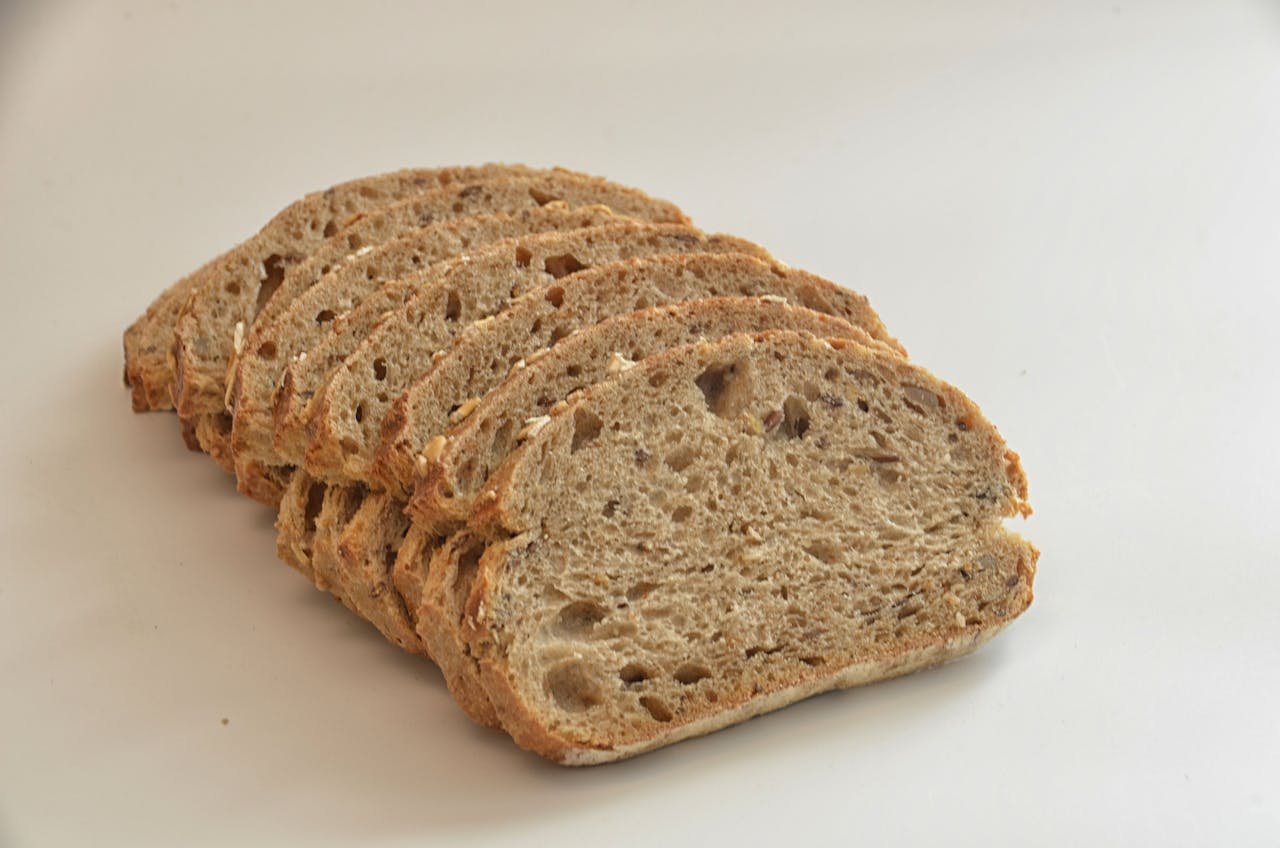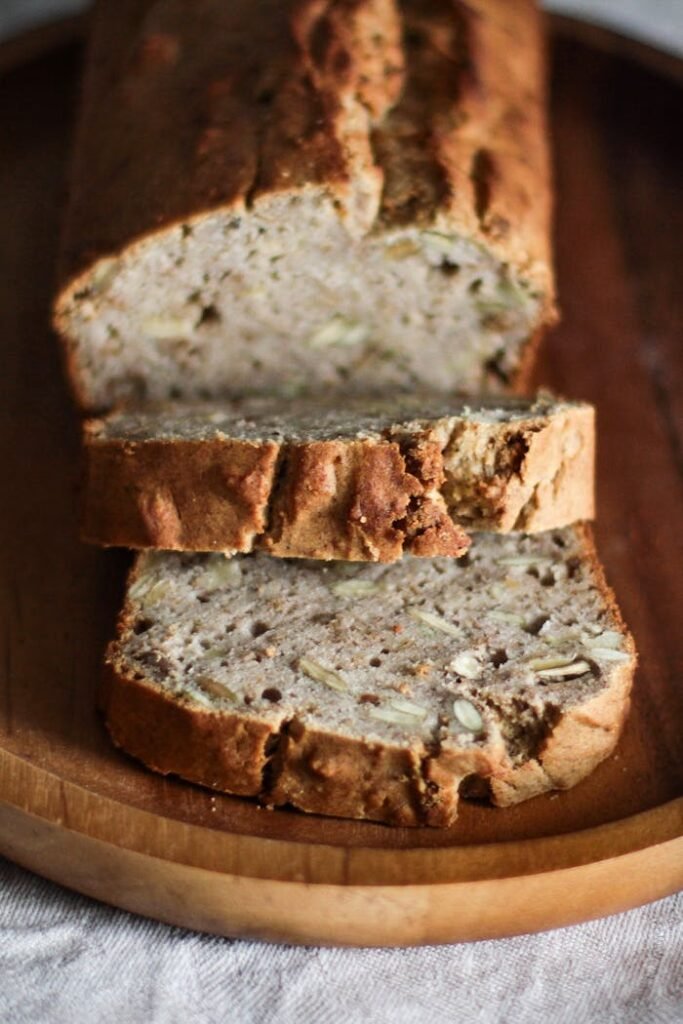Identifying What Makes Bread Healthy
Determining what qualifies as healthy living bread involves understanding several key characteristics. First and foremost, the type of grains used plays a pivotal role. Whole grains are renowned for their multitude of health benefits. Unlike their refined counterparts, whole grains retain all parts of the grain—bran, germ, and endosperm—ensuring that bread made from these grains is rich in vitamins, minerals, and dietary fiber. The inclusion of whole grains also contributes to a lower glycemic index, which helps regulate blood sugar levels more effectively.
The nutritional benefits of fiber in healthy living bread cannot be overstated. Fiber aids in digestion, promotes a feeling of fullness, and assists in maintaining a healthy weight. Moreover, breads high in fiber often have a more favorable impact on heart health and can help regulate cholesterol levels. In addition to fiber, healthy bread should be low in added sugars and unhealthy fats, both of which can negate many of the bread’s natural benefits.
An essential aspect of identifying healthy bread is the level of processing it undergoes. Minimal processing is ideal as it retains most of the nutritional value inherent in whole grains. Breads with minimal processing are less likely to contain artificial additives such as preservatives, colorants, and flavor enhancers, which can be detrimental to health over time. Instead, aim for bread that lists natural ingredients you recognize, like seeds, nuts, and dried fruits. These additions can enhance both the flavor and the nutritional profile without introducing undesirable chemicals.
Understanding bread labels is crucial to making healthier choices. Look for labels that feature whole grains as the first ingredient and avoid those with high fructose corn syrup, hydrogenated oils, or a long list of preservatives. Certification labels such as “100% Whole Grain” or endorsements from reputable health organizations can also be helpful indicators. In summary, identifying healthy living bread involves scrutinizing its ingredients, processing methods, and nutritional content, all of which contribute to better nutrition and overall health.
Top Sources for Purchasing Healthy Living Bread
Finding healthy living bread, which is rich in nutrients without compromising on taste, can significantly enhance your diet. Various sources offer these breads, catering to different preferences and geographical locations. Delving into these options allows you to make informed choices for better nutrition.
One of the most reliable places to purchase healthy living bread is health food stores. These stores typically prioritize stocking products that are organic, whole grain, and free from artificial additives. Brands available at these locations are often vetted for their nutritional quality, making them a trustworthy option for conscientious consumers.
Farmer’s markets also serve as excellent avenues for sourcing healthy bread. Besides supporting local economies, these markets often feature vendors who use traditional baking methods and natural ingredients. Speaking directly with the bakers allows you to inquire about ingredients and preparation methods, ensuring that you choose bread that aligns with your health goals.
Specialized bakeries are another fantastic source for nutritious bread. Many of these establishments focus on producing items that cater to various dietary needs, including gluten-free, high-fiber, and low-sugar varieties. These bakeries often experiment with diverse grains and seeds, providing a wide range of options that nourish the body and delight the palate.
Regular supermarkets have also expanded their offerings to include healthier bread options. When shopping at these stores, it is crucial to read labels carefully. Look for bread that lists whole grains as the first ingredient and avoid those with a long list of additives and preservatives. High-fiber content and minimal sugar are key indicators of a better choice.
For those who favor the convenience of online shopping, several reputable websites specialize in delivering high-quality, nutritious bread. Websites like Thrive Market and Amazon offer a variety of options. Look for those with positive reviews and transparent ingredient lists. Ensure the website has credible certifications and a return policy, which often signals a reliable quality standard.
These diverse avenues not only make it easier to find healthy living bread but also ensure that you can tailor your choices to your specific nutritional needs and lifestyle preferences, paving the way for a healthier, more balanced diet.
3 Veggies that Fight Abdominal Fat
Homemade Healthy Bread: Recipes and Tips
Baking your own healthy living bread at home offers numerous benefits that contribute to a healthier lifestyle. One of the primary advantages is the control over ingredients, allowing you to avoid preservatives and additives commonly found in store-bought bread. Freshness is another significant benefit, as homemade bread can be enjoyed straight out of the oven. Additionally, baking at home lets you customize recipes to suit dietary preferences or restrictions, making it easier to create options like whole wheat, multigrain, or gluten-free bread.
Whole Wheat Bread
Whole wheat bread is a popular choice for those seeking higher fiber content and nutrients. Here’s a simple recipe:
Ingredients:
- 3 cups whole wheat flour
- 2 teaspoons active dry yeast
- 2 tablespoons honey
- 1 1/2 cups warm water
- 2 tablespoons olive oil
- 1 teaspoon salt
Instructions:
- In a large bowl, mix yeast, warm water, and honey. Let it sit for 5 minutes until the mixture becomes foamy.
- Add whole wheat flour, olive oil, and salt. Stir until the dough comes together.
- Knead the dough on a floured surface for about 10 minutes, until smooth and elastic. Place it in a greased bowl, cover, and let rise for 1 hour.
- Preheat your oven to 375°F (190°C). Punch down the dough and shape it into a loaf. Place it in a greased loaf pan and let it rise for an additional 30 minutes.
- Bake for 30-35 minutes, or until the bread sounds hollow when tapped. Allow it to cool before slicing.
Multigrain Bread
To enjoy a variety of grains in your diet, try this multigrain bread recipe:
Ingredients:
- 2 cups whole wheat flour
- 1 cup oats
- 1/2 cup sunflower seeds
- 1/2 cup flaxseeds
- 2 teaspoons active dry yeast
- 1 1/2 cups warm water
- 1 tablespoon honey
- 2 tablespoons olive oil
- 1 teaspoon salt
Instructions:
- Mix yeast, warm water, and honey in a bowl. Let it sit for 5 minutes until foamy.
- Add whole wheat flour, oats, sunflower seeds, flaxseeds, olive oil, and salt. Stir until combined.
- Knead the dough on a floured surface for about 10 minutes until it becomes smooth and elastic. Place it in a greased bowl, cover, and let rise for 1 hour.
- Preheat your oven to 375°F (190°C). Punch down the dough, shape it into a loaf, and place it in a greased loaf pan. Allow it to rise for another 30 minutes.
- Bake for 35-40 minutes, or until the loaf sounds hollow when tapped. Let it cool before slicing.
Gluten-Free Bread
For those with gluten intolerance, this gluten-free bread recipe is an excellent alternative:
Ingredients:
- 3 cups gluten-free all-purpose flour blend
- 2 teaspoons active dry yeast
- 1 1/2 cups warm water
- 2 tablespoons honey
- 1/4 cup olive oil
- 1 teaspoon salt
Instructions:
- Combine yeast, warm water, and honey in a bowl. Let it sit for 5 minutes until foamy.
- Add gluten-free flour blend, olive oil, and salt. Mix until the dough comes together.
- Knead the dough on a floured surface for about 5 minutes. It may be slightly sticky; add more flour as needed.
- Preheat your oven to 375°F (190°C). Shape the dough into a loaf and place it in a greased loaf pan. Allow it to rise for 30-45 minutes.
- Bake for 30-35 minutes, or until the bread sounds hollow when tapped. Let it cool before slicing.
When it comes to successful baking, a few practical tips can make a significant difference:
- Ingredient Substitutions: Experiment with different flours like spelt or rye to diversify your healthy living bread. Substitute honey with maple syrup or agave for a different flavor profile.
- Kneading Techniques: Proper kneading ensures the dough develops gluten, which is crucial for texture. Knead until the dough is smooth and elastic.
- Storage Suggestions: Store homemade bread in a bread box or a cloth bag to maintain freshness. For longer storage, consider freezing individual slices and toasting them as needed.
Embarking on the journey of baking your own healthy living bread can be both rewarding and gratifying. With the diverse range of recipes and techniques at your disposal, you can enjoy freshly baked bread that aligns perfectly with your nutritional goals.
Incorporating Healthy Bread into Your Diet
Integrating healthy living bread into your daily meals can significantly enhance your diet by providing essential nutrients while maintaining delicious and versatile dining options. Healthy living bread can be used in a variety of ways, from the classic to the inventive, ensuring that your meals are both nutritious and appealing. Start by considering balanced meal ideas that include healthy bread as a key component.
For breakfast, whole grain toast topped with avocado slices and a poached egg provides a satisfying and well-rounded start to your day. The fiber-rich bread coupled with healthy fats and proteins fuels your body while keeping you feeling full longer. Alternatively, try a slice of healthy living bread with nut butter and banana slices, offering a combination of protein, healthy fats, and carbs for energy and sustained satiety.
Lunches can be just as beneficial and delicious. Sandwiches made with whole grain or sprouted bread, lean proteins like turkey or chicken breast, and a variety of fresh vegetables create a nutritionally balanced and satisfying meal. Consider incorporating spreads such as hummus or mashed avocado to enhance both the flavor and nutritional content. If you prefer something lighter, a hearty bread salad (panzanella) is an excellent option. Toss cubes of toasted healthy bread with tomatoes, cucumbers, onions, and a light vinaigrette for a refreshing and nutrient-packed dish.
For dinner, use healthy bread to make croutons for a nutrient-rich salad. Whole grain croutons add a delightful crunch while contributing additional fibers and nutrients. Pairing croutons with a variety of vegetables, lean proteins, and a modest amount of cheese can create a completely balanced and wholesome meal. Additionally, a side of healthy bread can complement a hearty soup or stew, providing both texture and an extra nutritional boost.
Moderating portion sizes is crucial to balance caloric intake. Enjoying healthy living bread in appropriate amounts ensures you obtain its nutritional benefits without overconsuming calories. Incorporate other whole foods such as fruits, vegetables, lean proteins, and healthy fats into your meals to create well-rounded, satisfying, and health-promoting dishes.



